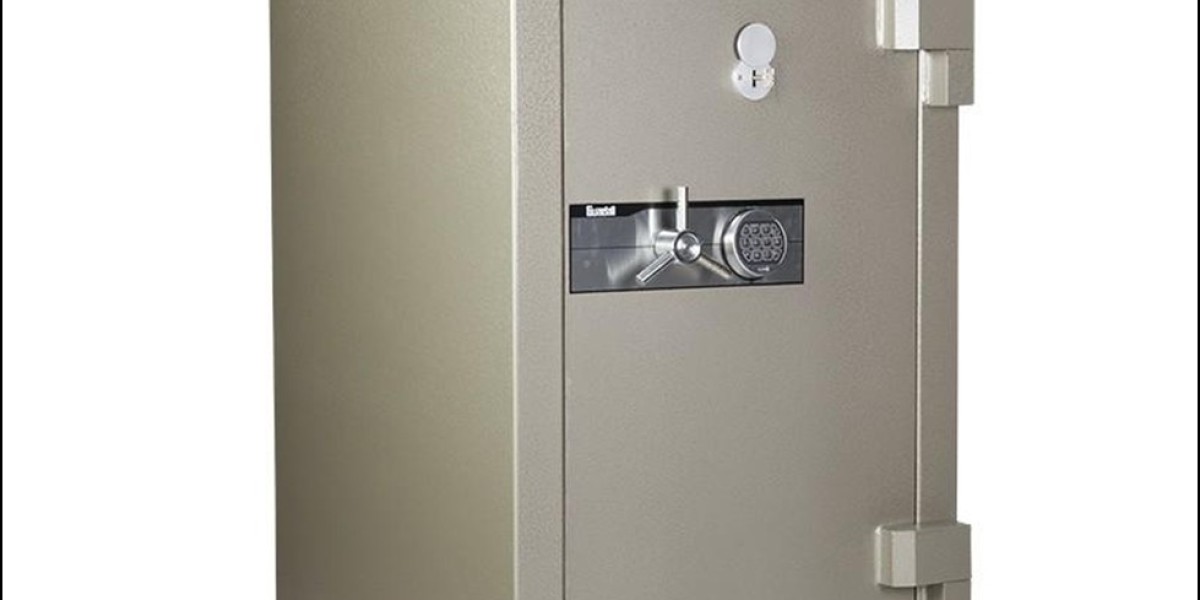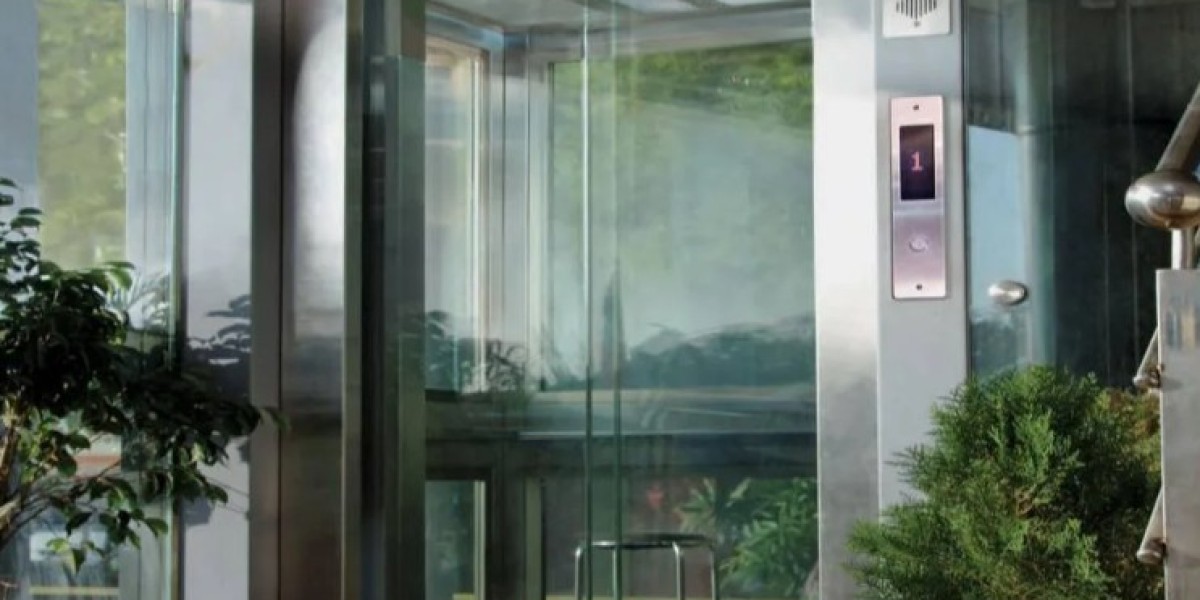Introduction
Installing a commercial safe is a crucial step in securing valuables, cash, confidential documents, or sensitive equipment. While safes are designed to provide robust protection, improper installation can significantly reduce their effectiveness. Businesses often make critical mistakes when setting up their safes, unknowingly leaving them vulnerable to theft, fire damage, and tampering. By understanding and avoiding these common pitfalls, companies can maximize security and ensure their investment in a commercial safe is worthwhile.
Choosing the Wrong Location
One of the most overlooked aspects of safe installation is selecting the right location. Many businesses place their safes in highly visible or easily accessible areas, assuming that convenience is the priority. However, placing a safe in a high-traffic office or near entrances can increase the risk of unauthorized access or theft. Instead, businesses should install safes in discreet locations, ideally reinforced within secure rooms or behind structural barriers. Additionally, avoiding areas prone to extreme temperatures or humidity is essential to preserving the integrity of fireproof and waterproof safes.
Failing to Anchor the Safe Properly
A common misconception is that the sheer weight of a commercial safe is enough to prevent theft. However, unanchored safes can be moved or pried open with the right tools, making them susceptible to forced removal. For maximum security, safes should be bolted to concrete floors or reinforced walls using high-tensile expansion bolts. Businesses often neglect this step, leaving their safes vulnerable to physical attacks. Proper anchoring ensures that safes remain immovable, preventing burglars from attempting relocation or dismantling.
Ignoring Locking Mechanism Configuration
Many commercial safes feature advanced locking mechanisms, including digital keypads, biometric scanners, and combination locks. One frequent mistake businesses make is neglecting to configure these systems correctly. Default factory settings, weak passcodes, or overused combinations can compromise security. Safe operators must ensure unique, strong passwords are set and regularly updated. Additionally, biometric safes should be configured with multiple authorized users, ensuring reliable access control without compromising security.
Skipping Professional Installation
While many safes come with straightforward installation guides, businesses sometimes attempt a DIY approach instead of hiring a professional. Improper installation can lead to misaligned doors, insecure bolt placements, and compromised durability. Safes designed for strongroom environments, high-security facilities, or financial institutions often require expert handling to comply with regulatory standards. Hiring professional safe installers ensures the safe is placed correctly, secured efficiently, and tested for full functionality.
Neglecting Post-Installation Maintenance
Once installed, safes require regular inspections and maintenance to ensure optimal security. Businesses often assume that a safe will remain effective indefinitely without periodic checks. However, lock mechanisms can wear down, hinges can lose alignment, and security features may fail without proper upkeep. Conducting routine lock tests, lubrication of hinges, and security assessments helps ensure long-term protection. Additionally, businesses should conduct annual risk evaluations to assess whether the current safe placement or security measures need updating.
Conclusion
Proper installation of a commercial safe requires more than just positioning it in a room—it demands strategic placement, secure anchoring, optimized security settings, and ongoing maintenance. Businesses that avoid these common mistakes can protect their assets more effectively and prevent future security breaches. Investing in professional installation, configuring advanced lock mechanisms, and committing to regular upkeep ensures that a commercial safe remains a trusted defense against theft, damage, and unauthorized access. By focusing on these key aspects, companies can confidently safeguard their valuables for years to come.









